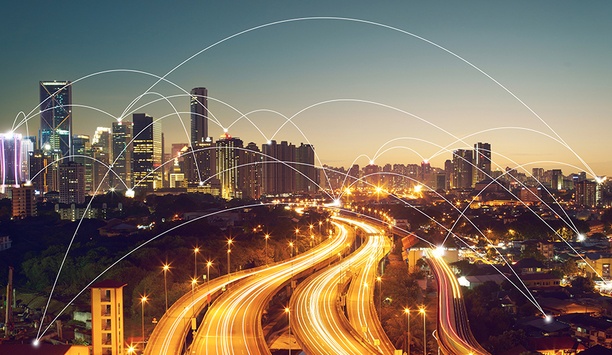Dilip Verma

Dilip Verma
Regional VP, QognifyDilip Verma has over 16 years of experience in consultancy based selling for technologies related to homeland security, physical security and infrastructure management systems, and has worked closely with key government and private enterprises. Since joining Qognify, he has established the company in India as a market leading software solutions player in the security of critical infrastructure and smart city projects.
Articles by Dilip Verma
Most cities have at very least a plan and in most cases an existing program to make themselves safe cities. Increasingly, cities around the world are transitioning to become smart cities: urban areas...
News mentions
Qognify, the trusted advisor and technology solution provider for physical security and enterprise incident management, has announced that it will share its expertise of how metropolitan areas can mak...
Timely and important issues in the security marketplace dominated our list of most-clicked-upon articles in 2018. Looking back at the top articles of the year provides a decent summary of how our indu...






































